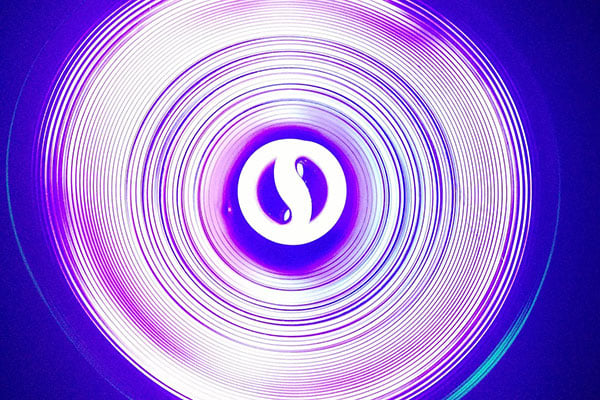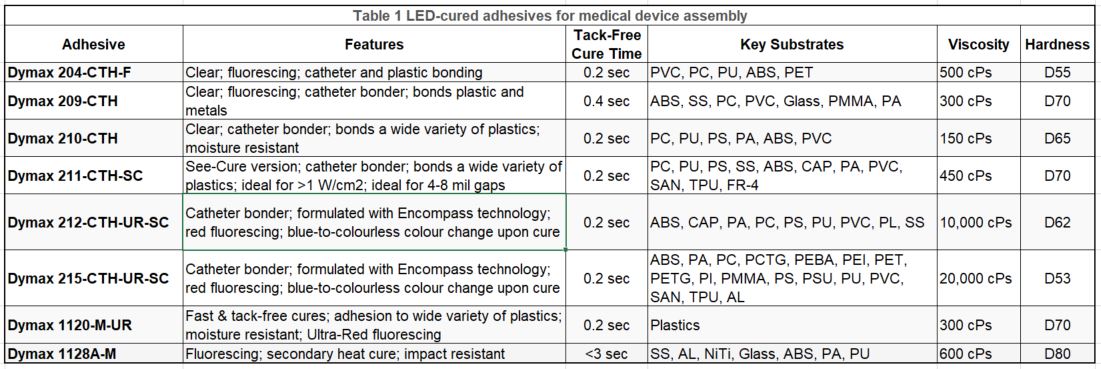While UV light exposure can cause problems for polymers, when used in the right way, it can also be used constructively to join plastics together or to protect them.
 Most plastics degrade outdoors due to some combination of sunlight, air, heat, and moisture. The degradation can be manifested as changes in physical and mechanical properties, dimensional stability, discolouration, surface erosion, loss of gloss, and/or increase in haze, usually due to oxidation and cleavage of the polymer chains. Because of differences in light absorption and chemistry, aliphatic polymers such as polyethylene and polypropylene have greatly different degradation characteristics compared to aromatic polymers such as polycarbonate and polyesters.
Most plastics degrade outdoors due to some combination of sunlight, air, heat, and moisture. The degradation can be manifested as changes in physical and mechanical properties, dimensional stability, discolouration, surface erosion, loss of gloss, and/or increase in haze, usually due to oxidation and cleavage of the polymer chains. Because of differences in light absorption and chemistry, aliphatic polymers such as polyethylene and polypropylene have greatly different degradation characteristics compared to aromatic polymers such as polycarbonate and polyesters.
Looking for a UV stabilizer?
Prospector has thousands of listings for plastic additives with technical data to make it easy to research and compare your options.
Sign up for free today!
Sunlight has a significant UV component, and plastics are often used for outdoor applications (such as architectural glazing and mass transportation interiors). Some plastics such as acrylic, fluoroplastics and polyetherimide are inherently UV stable.
Standard polycarbonate resins are not suitable for long term exposure to UV radiation. To overcome this, we can add UV Stabilisers to the primary resin. Polycarbonate sheets may have the anti-UV layer added as a special coating or a coextrusion for enhanced weathering resistance. Polypropylene is also unsuitable for uses that require long-term exposure to sunlight.
Weathering resistance of some plastics can be improved by adding UV stabilizers to protect the base polymer. UV stabilisers in plastics usually act by preferentially absorbing the UV radiation, and dissipating the energy as low-level heat. The chemicals used resemble those in sunscreen products, which protect skin from UV attack. They are used frequently in plastics, including cosmetic packaging and films.
But it is the short-wavelength ultraviolet (UV-C) light which has higher energy and is the type most likely to affect plastics (this is the type also used for irradiation, disinfection and sterilisation). However, unlike long wave UV, short wave UV are attenuated more quickly and cannot pass through ordinary glass or most plastics, so the effects that it causes is concentrated in the surface regions.
Testing UV resistance
It is a real challenge for the plastics industry to predict a product’s durability depending on the conditions it will suffer during its service life. Plastic raw material manufacturers, equipment manufacturers and specialist testing laboratories attempt to simulate these aggressions using accelerated ageing tests. Apart from mechanical stress, vibration or chemical attacks during continued use, a product may also be subject to temperature, humidity and sunshine.
Climate chambers for accelerated weathering are standardised using procedures detailing cool and heat cycles, damp heat cycles or temperature or humidity cycles. The duration of accelerated weathering may be also set in standards, but existing standards often fall short, and there is still no adequate simulation of the effects of rain and wind on surface appearance.
Therefore, current practice is to adapt the test duration and aggressiveness in extreme temperatures to the durability requirements and the final product demands. For instance, in the automotive sector, each car manufacturer has its own standards to simulate components’ behaviour that reflect the most extreme temperature and radiation exposure likely to be encountered. Even the location of a component inside the car cabin is taken into account.
Using UV for adhesive bonding
UV light can also be used constructively in materials processing. Light-cured materials are used as adhesives (primarily for glass, plastic, metal, and ceramic), conformal coatings for electronics and thick decorative purposes, encapsulants for electronics, especially on flexible circuits, potting compounds, masking materials and gaskets to seal against moisture.
Light-curable adhesives cure in seconds on exposure to longwave ultraviolet and/or visible light. They optimise assembly speed, increase product throughput and enable 100 percent in-line inspection. They are suitable for bonding plastics, metal, glass and other substrates. They find many applications in electronics, medical device assembly, aerospace, opto-electronics, optics, automotive and electronic displays.
Light-curing equipment includes spot lamps (for small areas), flood Lamps (for larger areas) and conveyors (for large-scale production). Radiometers are used for measuring light intensity.
Light-curable materials (LCMs) used as adhesives are usually one-component mixtures of oligomers, monomers, photoinitiators and modifiers (hardness modifiers, colorants, fluorescing agents, thickeners, wetting agents, etc.). Over 95 percent of LCMs in the Intertronics Dymax range are acrylates (a urethane backbone with an acrylic functional group). The balance are cationic epoxies. These acrylates and cationic epoxies are, aside from being light curable, significantly different from traditional acrylics and epoxies. The two chemistries also vary in many ways from each other.
Most recently, LEDs are being used to cure adhesives, coatings and temporary masking products. These are optimised for use with UV curing lamps manufactured with LEDs, which can offer significant advantages over conventional UV lamp curing systems.These advantages include:
- cooler curing temperatures
- lower intensity degradation over time
- more consistent cure results
- lower energy consumption
- reduced costs
However, LED-based UV curing lamps provide specific narrow bandwidth UV light, which is not always optimal for adhesives which have been designed to react to broad spectrum UV lamps.
Therefore, unique adhesives have been specially formulated or tested to cure with LED UV curing lamps. They range from fast to ultra-fast cure speeds, to accommodate specific medical device, electronic, and industrial assembly needs. Table 1 shows a range of LED-curable adhesives from the Dymax range, specifically targeting medical devices.
You may also want to read:
References
- DryFlex: A UV resistance test for plastics [PDF]
- Intertronics/Dymax: Comprehensive Guide to Dymax UV Light Curing Technology [PDF]
- Intertronics: Dymax LED UV light curing adhesives
The views, opinions and technical analyses presented here are those of the author or advertiser, and are not necessarily those of ULProspector.com or UL Solutions. The appearance of this content in the UL Prospector Knowledge Center does not constitute an endorsement by UL Solutions or its affiliates.
All content is subject to copyright and may not be reproduced without prior authorization from UL Solutions or the content author.
The content has been made available for informational and educational purposes only. While the editors of this site may verify the accuracy of its content from time to time, we assume no responsibility for errors made by the author, editorial staff or any other contributor.
UL Solutions does not make any representations or warranties with respect to the accuracy, applicability, fitness or completeness of the content. UL Solutions does not warrant the performance, effectiveness or applicability of sites listed or linked to in any content.




How do we estimate life of plastic material exposed in UV test chamber to the real outdoor weathering conditions?
UVC does not exist naturally within the earth’s surface.
From Wki”
“More-energetic, shorter-wavelength “extreme” UV below 121 nm ionizes air so strongly that it is absorbed before it reaches the ground”. “Short-wave, germicidal, completely absorbed by the ozone layer and atmosphere “